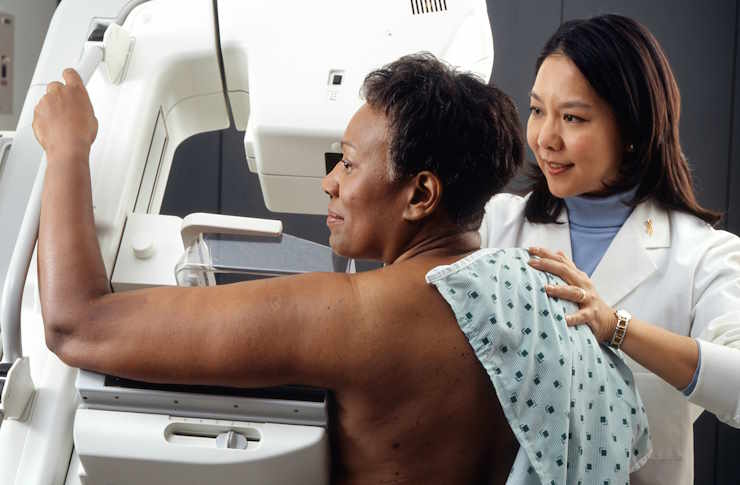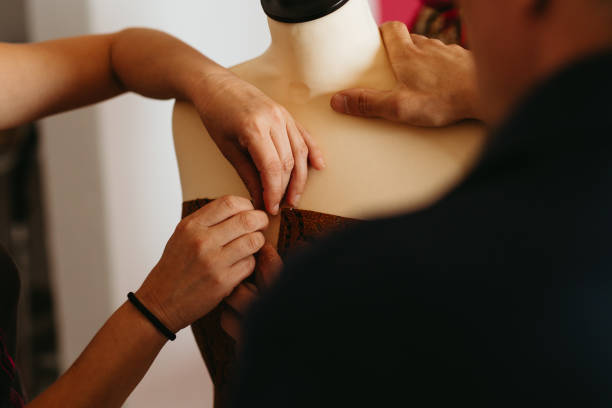Understanding Breast Cancer Signs and Risks
Breast cancer is a multifaceted disease, driven by cellular changes in breast tissue and influenced by various genetic and lifestyle factors. Recognizing early symptoms, understanding risk factors like age and genetic predispositions, and adopting preventive measures serve as crucial components in managing breast cancer. Delve into the intricacies of symptoms, risk factors, lifestyle impacts, and screening practices crucial to combating this disease.

What Are the Key Risk Factors for Breast Cancer?
Multiple factors contribute to breast cancer risk, ranging from genetic predispositions to lifestyle choices. Age is a primary risk factor, with most breast cancer cases diagnosed in women over 50. Family history plays a crucial role, especially if immediate relatives have experienced breast or ovarian cancer. Women with certain genetic mutations, such as BRCA1 and BRCA2, face a substantially higher risk of developing breast cancer during their lifetime.
The Impact of Lifestyle and Environmental Factors
Lifestyle choices can significantly influence breast cancer risk. Research indicates that obesity, alcohol consumption, lack of physical activity, and hormone replacement therapy can increase the likelihood of developing the disease. Environmental factors, including exposure to certain chemicals and radiation, may also contribute to cancer risk. Maintaining a healthy weight, engaging in regular exercise, limiting alcohol intake, and avoiding prolonged hormone therapies can help mitigate potential risks.
Genetic Predispositions and Family History
Genetic inheritance plays a critical role in breast cancer susceptibility. Individuals with a family history of breast or ovarian cancer should consider genetic counseling and potential genetic testing. Mutations in genes like BRCA1, BRCA2, and PALB2 can dramatically increase cancer risk. Understanding one’s genetic profile can help develop personalized prevention and screening strategies.
Why You Should Learn More About Breast Cancer Today
Early detection remains the most powerful tool in combating breast cancer. Regular mammograms, clinical breast exams, and self-examinations can help identify potential issues before they become advanced. Women should be aware of any changes in breast tissue, including lumps, skin changes, nipple discharge, or unexplained pain. Annual screenings are recommended for women over 40, with more frequent screenings advised for those with higher risk factors.
Understanding Breast Cancer Treatment Options and Costs
Treatment approaches vary depending on cancer stage, type, and individual patient characteristics. Common treatments include:
| Treatment Type | Estimated Cost Range | Primary Considerations |
|---|---|---|
| Surgery | $15,000 - $50,000 | Lumpectomy, mastectomy |
| Chemotherapy | $10,000 - $100,000 | Depends on treatment duration |
| Radiation | $10,000 - $50,000 | Localized treatment |
| Targeted Therapy | $5,000 - $150,000 | Personalized approach |
Prices, rates, or cost estimates mentioned in this article are based on the latest available information but may change over time. Independent research is advised before making financial decisions.
Conclusion
Understanding breast cancer requires a holistic approach encompassing awareness, prevention, and proactive healthcare. While risk factors exist, many can be managed through lifestyle choices and regular screenings. Knowledge and early detection remain powerful tools in addressing this complex disease.
Disclaimer: This article is for informational purposes only and should not be considered medical advice. Please consult a qualified healthcare professional for personalized guidance and treatment.




